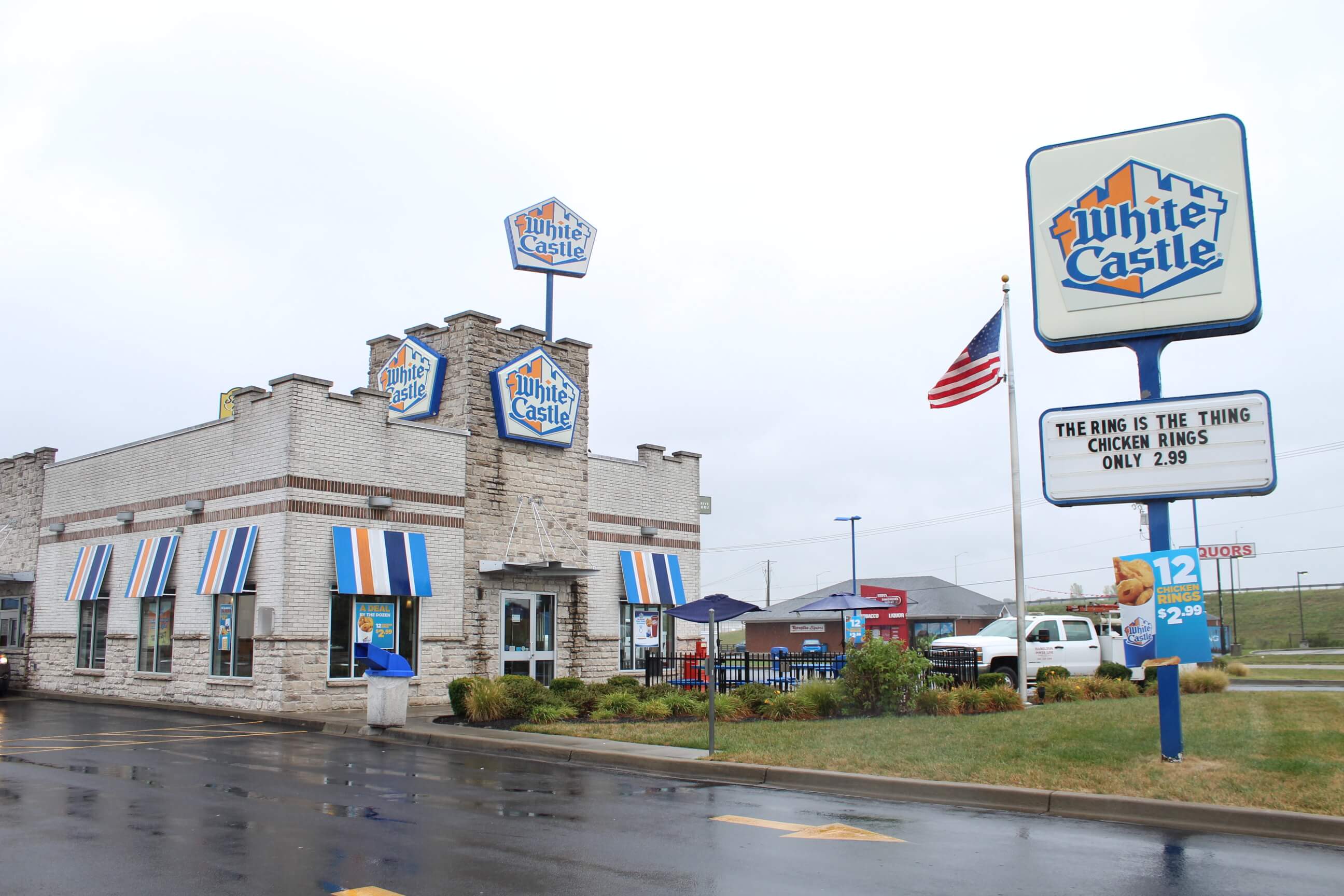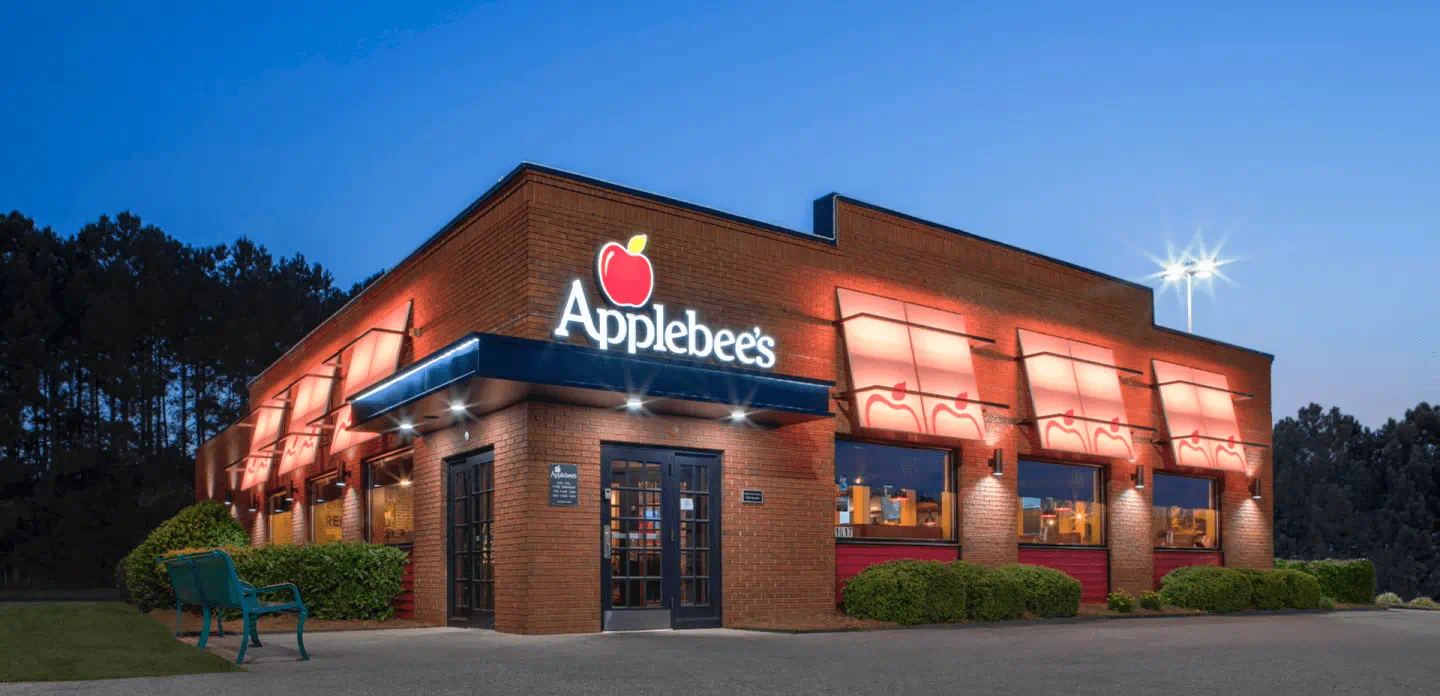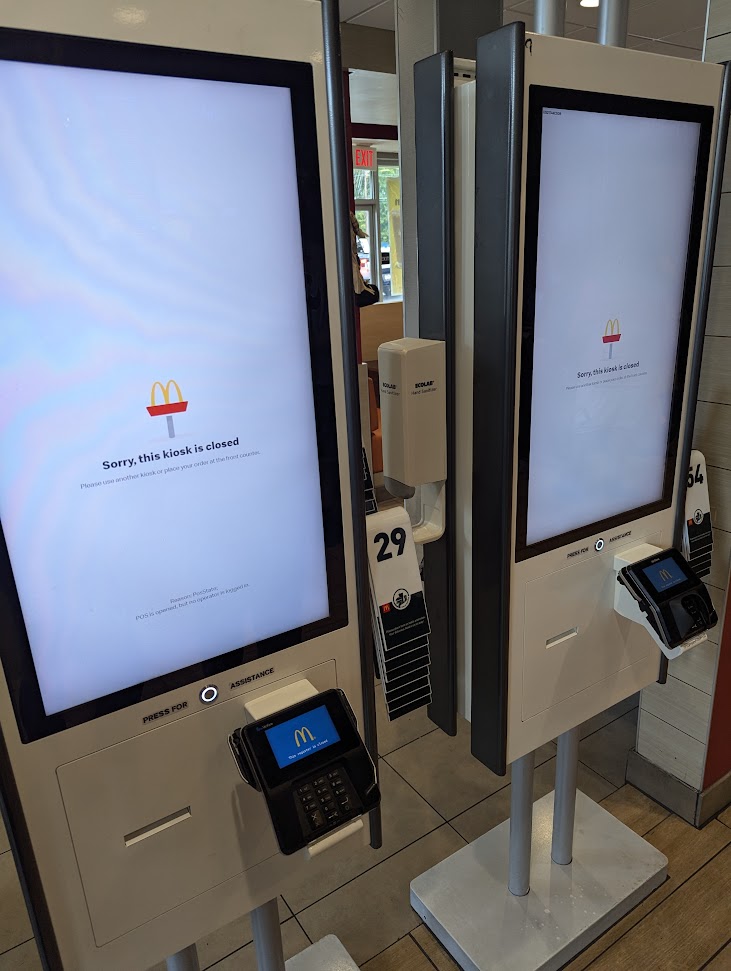Why McDonald’s Leads in Fast Food Tech
McDonald’s leads in restaurant technology by making every system from mobile app to fryer work together. Here’s how cloud and edge computing power its connected restaurant success.
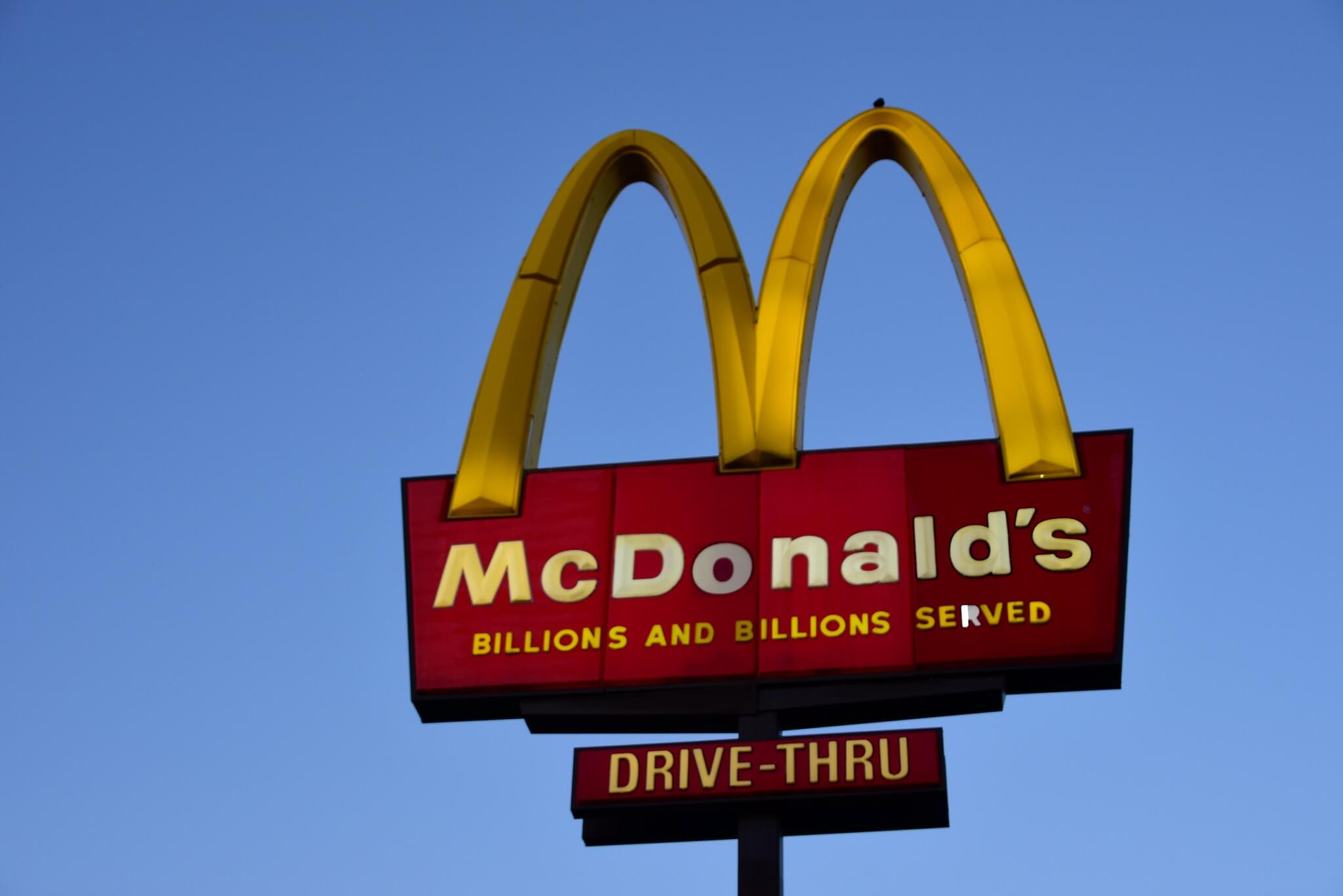
You might not notice technology at quick-service restaurants ([[QSR]]) when it’s working.
But when that tech is acting up, broken down, or a pain to deal with … all you do is notice.
For example, imagine you’re ordering at a self-service kiosk and your app says you have a reward ready. However, for some unknown reason the reward won’t show up on-screen. It’s confusing. Now you feel incompetent. Then the customer behind starts getting impatient.
You could explain your problem to a frazzled cashier if you could find them without abandoning the kiosk. Then again, they’re busy and not looking for more to do.
How's this customer going to think about the experience when it's done?
Moments like these shape customers’ opinions about go-to spots for a quick bite, as well as places to avoid. In our recent Fast-Food Friction survey, a clear winner for restaurant technology emerged:
Customers ranked McDonald’s the number one brand for fast-food technology experience.
.png)
McDonald’s earned the top spot by getting its technology ecosystem to work as one. Their connected restaurant tech stack includes a mobile app, self-service kiosks, drive-thru, all kitchen systems, and a loyalty program. Each of these components and many more are all connected and integrated. The combination means McDonald’s delivers fast, consistent, personalized service at scale.
The challenge with [[connected products]] is they require every system to work in sync. Should one device malfunction or a data handoff break, the customer experience likely breaks with it. Keeping everything running smoothly takes constant oversight and the right tech foundation.
That’s how McDonald’s has gotten to where it is today.
Below, we’ll share how the company brought its connected restaurant to life and what restaurants can learn about how to “serve up” an experience that keeps customers coming back.
Get Fast-Food Friction
Access the 2025 Restaurant Tech Report instantly to find out what quick-service restaurant goers want (and where brands fall short).

Get Fast-Food Friction
Access the 2025 Restaurant Tech Report instantly to find out what quick-service restaurant goers want (and where brands fall short).

Get Fast-Food Friction
Access the 2025 Restaurant Tech Report instantly to find out what quick-service restaurant goers want (and where brands fall short).
How the Cloud Makes the Connected Restaurant Work Together
Back in 2014 (when a Big Mac meal cost less than $5 and mobile ordering still felt futuristic), McDonald’s was one of the first fast-food brands to move its core systems to the cloud. At the time, most restaurants were still running on isolated, on-premise systems that were siloed from each other. Useful data from one device that could inform operations on another device was stuck. Also, software updates were slow to deploy, and customers interacted with technology that was inconsistent from one location to the next.
Customer service issues were common for McDonald’s then too. Kitchen staff struggled to manage customizations, and inaccurate orders happened all too often. The company needed a more technically sophisticated way to operate.
Centralizing the management of their restaurant tech operations led them to migrate what they could to the Internet, the “cloud.” They could unify mobile apps, self-service kiosks, and loyalty programs across thousands of restaurants.
This migration laid the groundwork for a [[connected restaurant]]. The idea was intuitive: Every digital and physical system would work together, and customers would get a seamless experience whether they were using the app or rolling through the drive-thru.
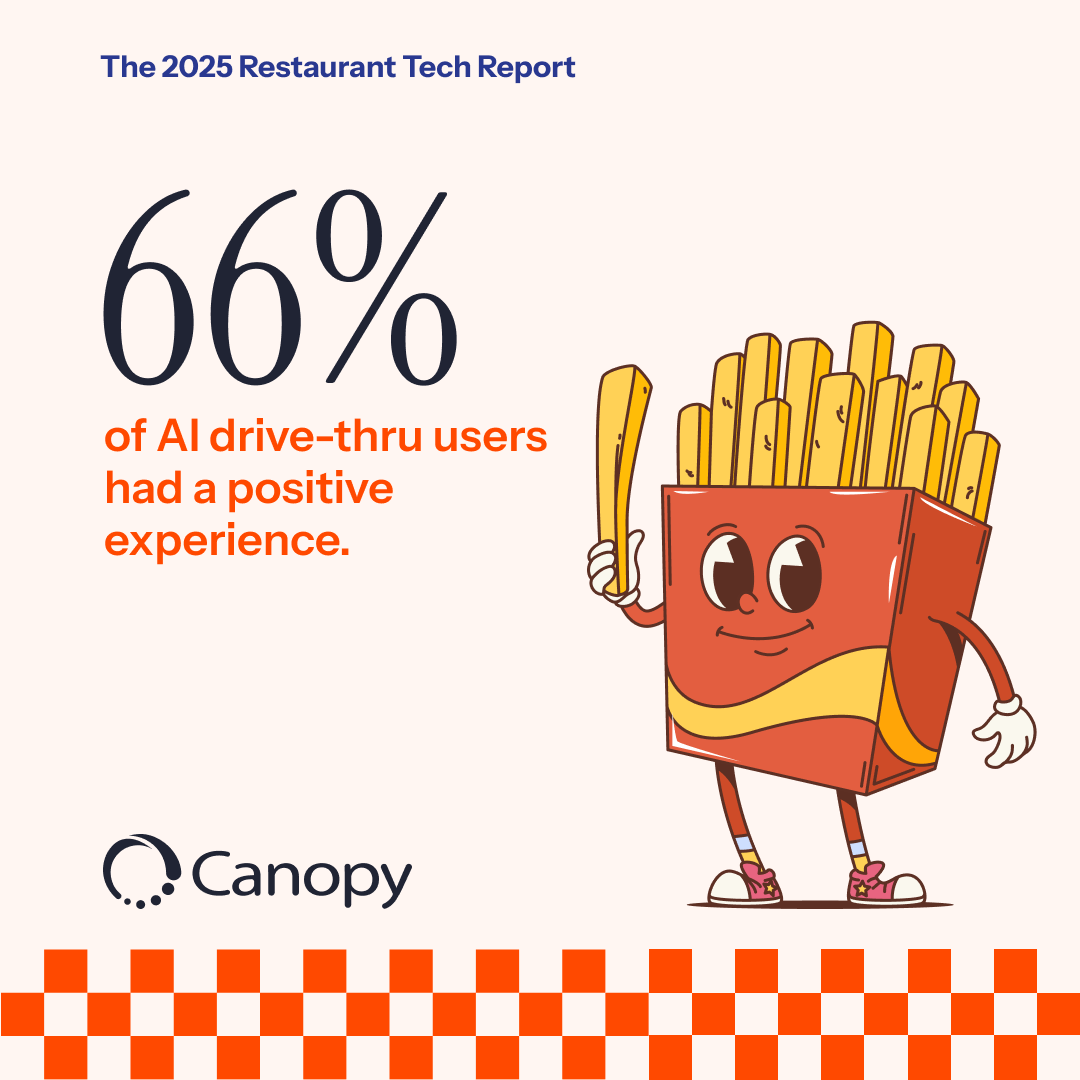
As digital orders and customer data grew, McDonald’s expanded this strategy to multiple cloud service providers. The multi-cloud approach provided access to a wider variety of tools that could deliver personalized recommendations and offers, like suggesting a McFlurry on a hot afternoon to a customer with a documented sweet tooth. Within a few years, digital channels drove more than 40% of sales in the company’s top six markets. Global loyalty sales topped $20 billion.
These wins were signs that the company’s connected restaurant strategy was working. If a customer added their go-to order in the app, the kiosk remembered it too. If a promo got pushed out to loyalty members, the POS system was ready to apply the discount, and the prep queue was stocked for an influx of orders. All of this added up to a seamless customer experience.
Edge Keeps It Working in Real Time
To build on its cloud success, McDonald’s brought [[edge computing]] to its U.S. restaurants through a partnership with Google Cloud. The goal was to give each store more real-time control, so it could react to what was happening inside the restaurant, even without a perfect cloud connection.
McDonald’s operators needed to spot problems and make quick decisions during peak service hours because in a high-volume restaurant, things like an overheating fryer or a lagging prep line can snowball fast. McDonald’s wanted its restaurants to catch and address those problems before customers noticed.
Edge computing is used to collect and analyze sensor data on kitchen equipment on site and in real time. If a machine stutters, the system flags it right away. If a crew member starts falling behind during a rush, edge-based tools can adjust prep timing or reroute orders to keep things moving.
Edge computing and cloud systems can work together to deliver the experience customers expect: mobile orders are ready when they arrive, kiosks reflect their loyalty points in real time, drive-thru orders stay accurate and on pace, and there are fewer frustrating delays caused by broken equipment or slowdowns.
As a restaurant becomes more connected, it also becomes more complex. Each new piece of equipment or digital tool adds a point of potential failure. Teams need visibility into how each device is performing and where friction might show up next. Success looks like proactive resolutions and automatic troubleshooting, which translate to customers having a friction-free experience that’s consistent for each visit to a given restaurant and across McDonald’s franchises.
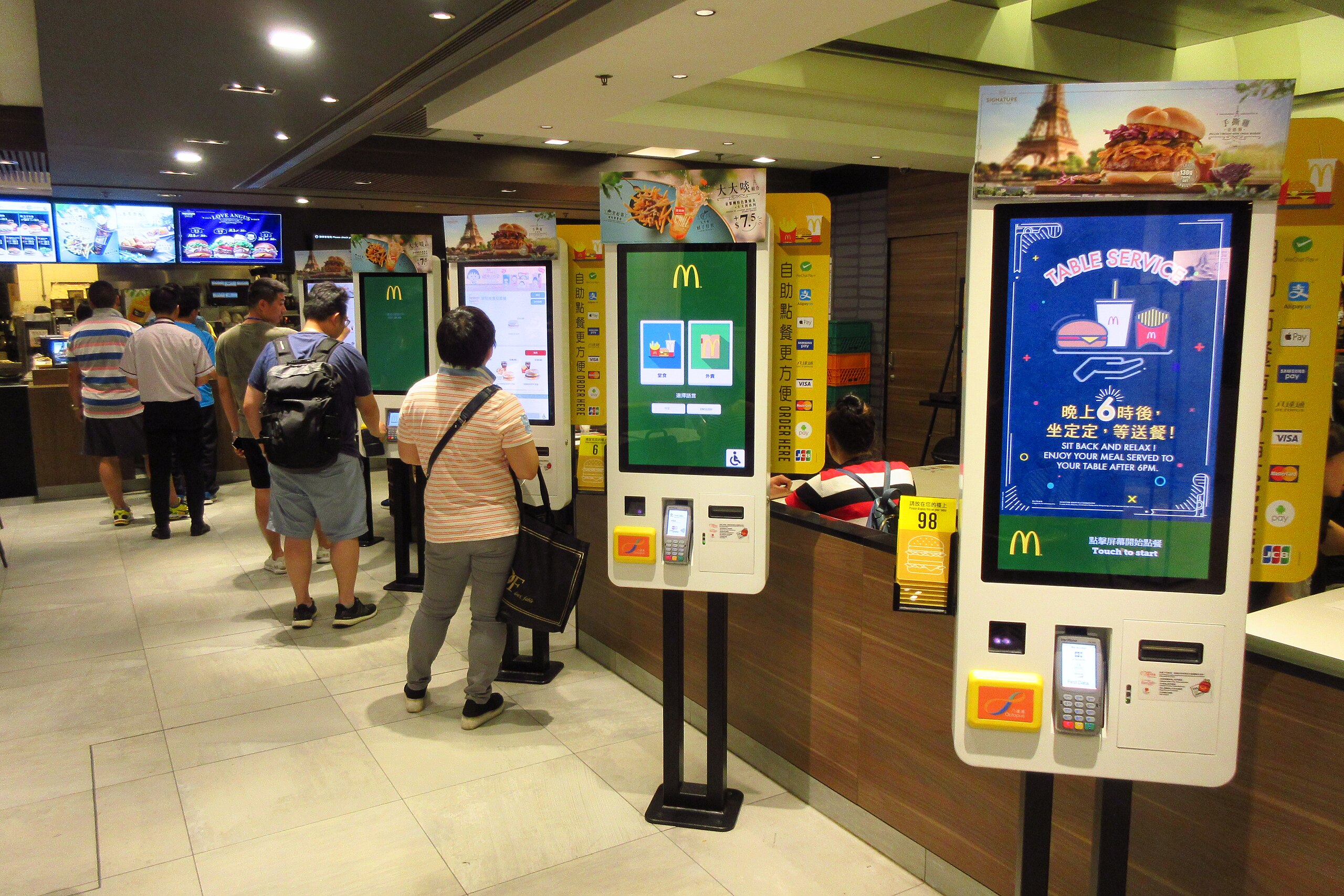
What Quick-Service Restaurants Can Learn
McDonald’s approaches technology holistically, meaning every feature is backed by the infrastructure it needs to work reliably and fit into a larger system. That mindset is what allows them to deliver consistent, low-friction experiences across tens of thousands of restaurants.
Here’s what that looks like in practice:
- Technology and software are designed to work in sync. A promo added to the loyalty program has to show up in the app, reflect on the kiosk, and route correctly through the POS and kitchen queue.
- Backend, technical infrastructure comes first. Before launching new features, McDonald’s made sure its core systems could support them at scale — for example, during peak hours.
- Reliability builds trust. Customers come back when things work the way they expect. That means spotting issues early, fixing problems quickly, and keeping the system running without surprise failures.
- More restaurant tech means more to manage. With every added screen, sensor, and service channel, the system gets more complex. Restaurants need the ability to monitor performance across every remote device and software integration, acting fast should things slip out of sync.
McDonald’s is a leader in the QSR space for many reasons. One of them is certainly their leadership in developing a best-in-class connected restaurant experience. And with 80% of consumers saying technology influences which restaruant they visit, leadership pays off (see also: Chick-fil-A).
Customers notice a good experience. Better, they can't notice a bad one. To learn more about how customers see QSR tech, get the full report.



